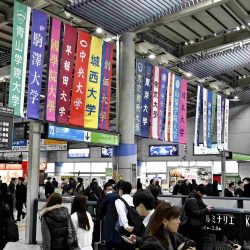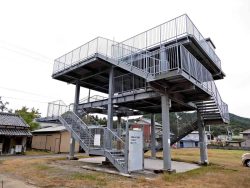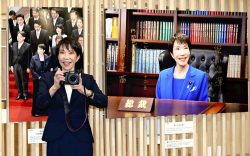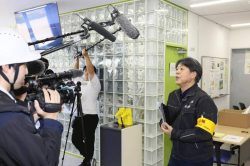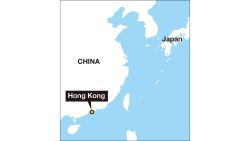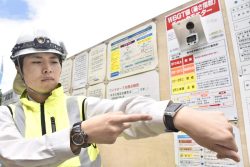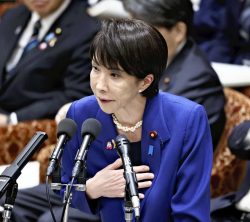Public Schools in Hokkaido Increasingly Using Air Conditioners Amid Hotter Weather; Local Government Earmarks Funds for Equipment
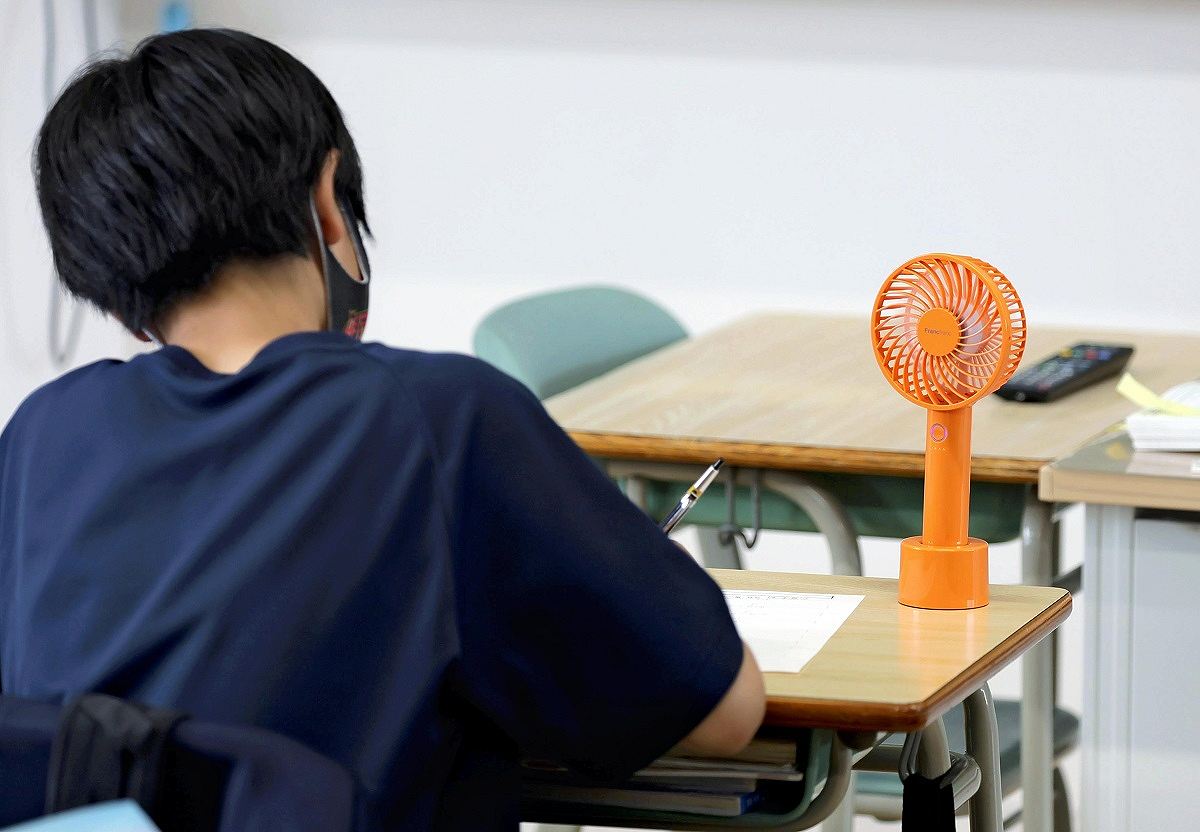
A junior high school student studies with his portable fan on a desk to ease the heat at the Sapporo Chuo Junior High School on July 4.
20:00 JST, July 24, 2024
SAPPORO — An increasing number of public schools in Hokkaido have been installing air conditioners as a result of higher than usual temperatures in recent years.
Many elementary and junior high schools in the prefecture do not have air conditioners. As part of efforts to prevent heatstroke, students have been allowed to bring portable fans or use spot coolers that do not require construction. Some schools have extended the summer vacation period.
On a sunny July 4, the temperature rose to 28.9 C in Sapporo, 4.8 C higher than the city’s average temperature at this time of the year.
In a classroom at Sapporo Chuo Junior High School, 16 of 32 students in a first-year class had placed portable fans on their desks. The use of fans is allowed on the condition that they are not charged at school. “I charge mine before going to school and use it carefully so that the battery won’t run out,” a male student said.
According to the Sapporo city board of education, no elementary or junior high schools have classrooms that are equipped with large air conditioners. The Sapporo city government has earmarked ¥6.4 billion to carry out installation work as part of the initial budget for the fiscal year. Air conditioners are planned for 111 of about 300 schools, with the aim of using them from the summer of 2026. All of the schools will have air conditioners installed by the summer of 2028.
For now, many schools are using smaller air conditioning units. However, they are not capable of cooling an entire classroom. At Sapporo Konan Elementary School, students gathered around a small air conditioning unit during breaks between classes. “We fight over seats near the air conditioning unit. So, we decide by lottery who sits where,” a sixth-grader boy said with a wry laugh.
Ordinarily, Hokkaido has a cold climate. According to a survey conducted in September 2022 by the Education, Culture, Sports, Science and Technology Ministry, an average of 95.7% of elementary and junior high schools across the country have air conditioners installed in regular classrooms, but in Hokkaido the average is only 16.5%.
However, the situation has changed in recent years. According to statistics by the Japan Meteorological Agency, average temperatures in various parts of Hokkaido during July and August 2023 were 3 C to 4 C higher than usual. On Aug. 23, the temperature rose to a local record high of 36.3 C in Chuo Ward, Sapporo.
Many public schools in Hokkaido have long winter holidays, while summer holidays end around Aug. 20. However, many schools were forced to temporarily close in late August last year due to the risk of heat stroke, just after the summer holidays ended.
The Hokkaido board of education revised its rules to increase the total number of summer and winter holidays to a maximum of 56 days, up from 50. Summer breaks will be extended this fiscal year in Obihiro, Kushiro and Otaru cities and other municipalities in Hokkaido.
"Society" POPULAR ARTICLE
-

M4.9 Earthquake Hits Tokyo, Neighboring Prefectures
-

Israeli Tourists Refused Accommodation at Hotel in Japan’s Nagano Pref., Prompting Protest by Israeli Embassy and Probe by Prefecture
-

M7.5 Earthquake Hits Northern Japan; Tsunami Waves Observed in Hokkaido, Aomori and Iwate Prefectures
-

Tsukiji Market Urges Tourists to Avoid Visiting in Year-End
-
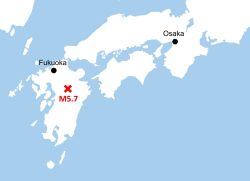
M5.7 Earthquake Hits Japan’s Kumamoto Pref., Measuring Upper 5 Intensity, No Tsunami Expected
JN ACCESS RANKING
-

Tokyo Economic Security Forum to Hold Inaugural Meeting Amid Tense Global Environment
-

Keidanren Chairman Yoshinobu Tsutsui Visits Kashiwazaki-Kariwa Nuclear Power Plant; Inspects New Emergency Safety System
-

Imports of Rare Earths from China Facing Delays, May Be Caused by Deterioration of Japan-China Relations
-

University of Tokyo Professor Discusses Japanese Economic Security in Interview Ahead of Forum
-

Japan Pulls out of Vietnam Nuclear Project, Complicating Hanoi’s Power Plans


